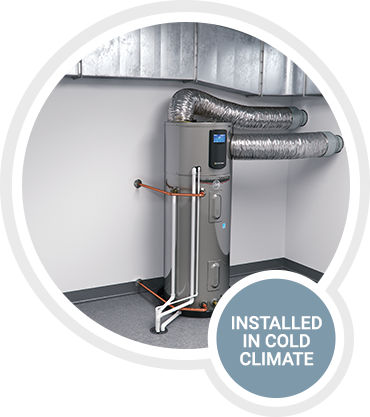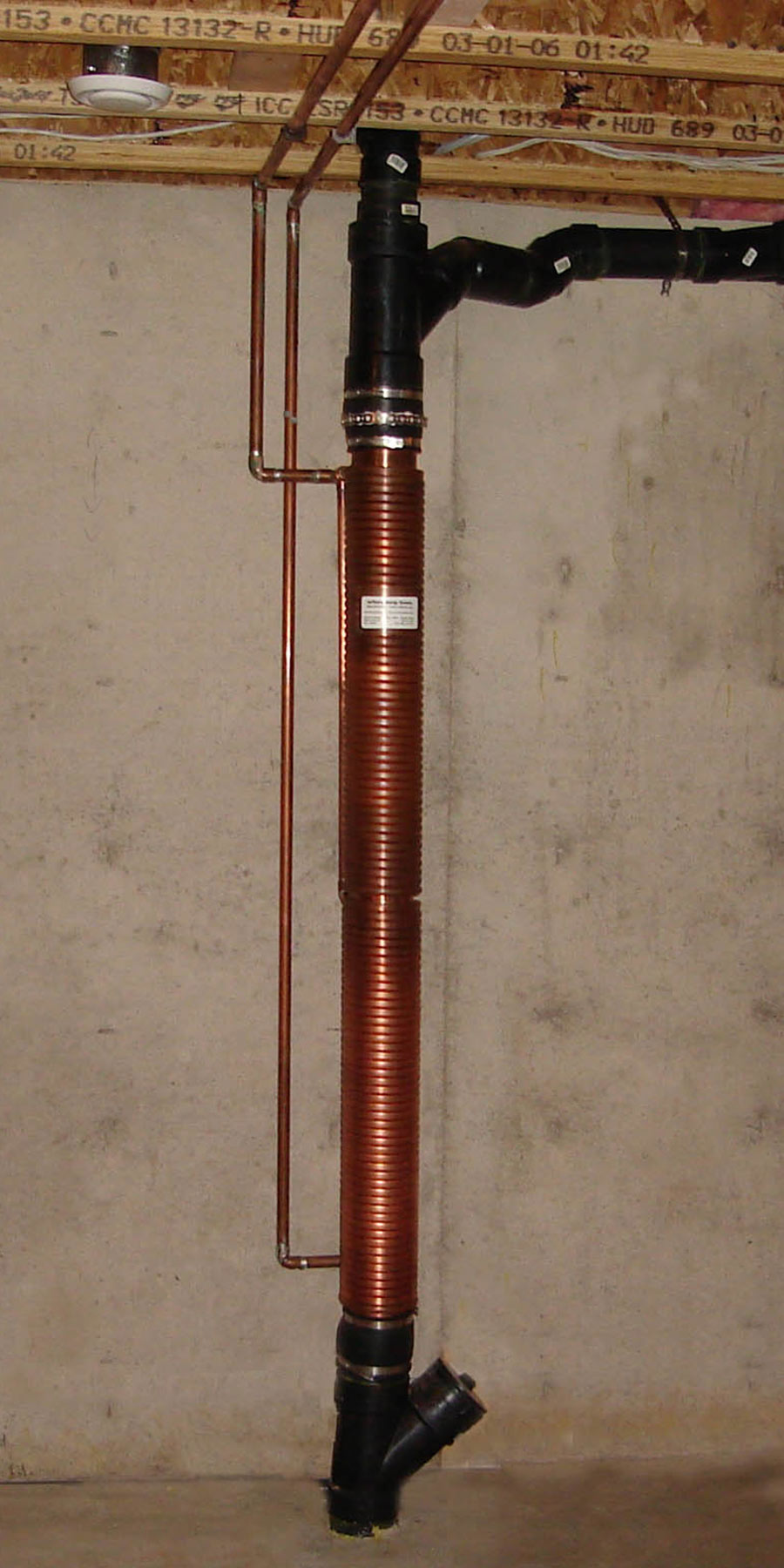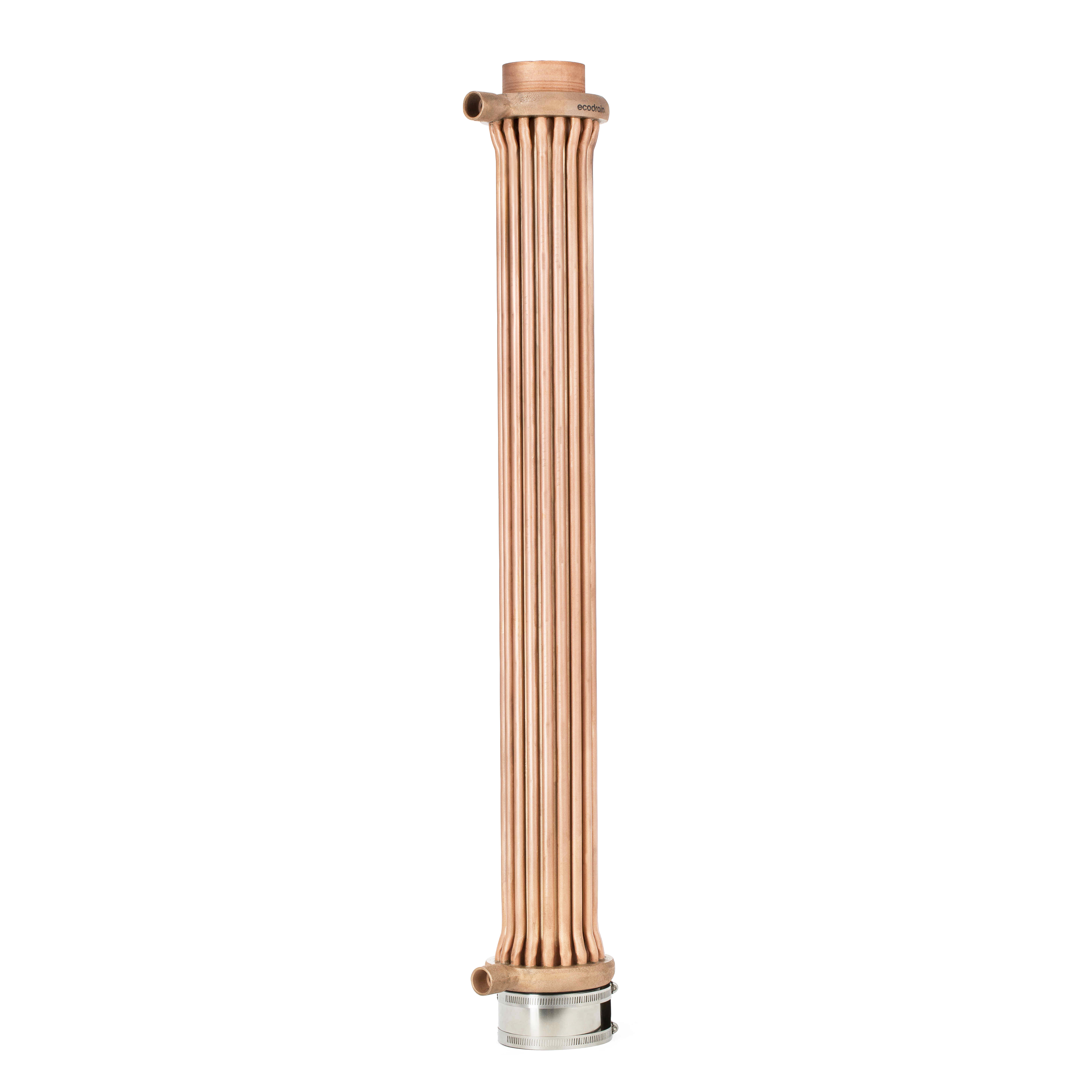we are buying a new construction condo (3600 sqft, 3 bedrooms/4.5 baths), and can change what we want within reason.
they are planning to install an electric 80 gallon tank (non hybrid, i assume using the light commercial exception but not sure) with recirculator in a closet. There is no basement etc since it is a condo.
Two questions:
my understanding is that after 2015 all the electric water heaters this size need to be a heat pump type, but the location is a closet so not enough space, and we dont want the noise. What happens when this tank fails? will we be stuck replacing it with a 40 gallon since we cant install the heat pump version?
or would i be better off with an electric tankless? gas is not an option
thanks for any insight.
I'm not sure whether CA Title 24 requires heat pump water heaters or not, but an 80 gallon ducted heat pump water heater like the
Rheem Performance Platinum/ Prestige water heater can still work in a closet. (There are others.) All heat pump water heaters are a bit noisy, so plan on designing noise-abatement into the utility closet walls, ceiling and floor, and be sure to consider where the air is being drawn from or discharged to. Be generous with the access door/hatch sizing too, since these things aren't exactly small.
^^
The description says "cold climate", but you can run the in & out ducts wherever you like.^^
Bear in mind that the outflow duct will be substantially cooler than room temperature, which lowers the air conditioning load, but adds to the heating load of wherever you're sending it.
With 4 full baths it's also worth adding drainwater heat recovery, assuming at least some of the baths with showers are above the first floor. It doesn't have to be co-located with the water heater to work (though that simplifies the plumbing a bit.)
The tallest and fattest that fits is the "right" one.
A drainwater heat recovery unit that's at 4" x 60" or taller will return more than half the heat that's flowing down the drain back to the incoming water stream. If that pre-heated water is fed both to the cold intake of the water heater AND the cold side of the shower mixer it will dramatically extend the apparent capacity of the water heater, at least in showering mode. It won't do anything for tub fills, since the drain and the incoming water have to be flowing simultaneously for the heat exchange to take place.
The current market leader in terms of least pressure drop and highest return efficiency is the
Ecodrain V1000 series. (
Renewability's PowerPipe series aren't bad either.) While these have better economic payback on water heating energy use in coldwater climates, in your case you are buying extra water heater
capacity (and potentially even a smaller heat pump water heater), saving quite a bit on water heater cost to achieve the same first-hour gallons performance.
^^^^^^^^^^^^^^^^^^^^^^^^^^^^^^^ Ecodrain V1000 ^^^^^^^^^^^^^^^^^^^^^^^^
You're definitely NOT going to be better off with an electric tankless, which could become a serious financial liability as California utilities are almost certainly going to have to build in residential "demand charges" into the rate structures to pay for the grid infrastructure. (This is a whole topic in itself, but super-heavy intermittent electric loads like fast level-2 car chargers or whole-house electric tankless water heaters demand more grid infrastructure to manage when they become ubiquitous. Tankless water heater may even be banned in some locations, and car-chargers may be required to have onboard smarts to allow the utility to interrupt charging for several minutes at a time to keep the grid from burning down.)
Another approach is to go with an 83 gallon
Sanden (one of the Japanese EcoCute consortium) water heater. This type of heat pump water heater uses a CO2-refrigerant heat pump in mini-split type outdoor unit, and the tank can live inside a closet. It's a pretty expensive way to go just for heating hot water (~$4K for the hardware, plus installation), but they can also be used for space heating (and cooling, but probably not for the whole 3600 square feet in CA.) The advantages here are no ducts, no noisy compressor/fan unit indoors, and a long-life stainless tank. The down side is you have to figure out where to put the outdoor unit, which is likely to be somewhat restricted by condo associations. In Japan and Australia they often put both the compressor unit and the tank outdoors, but in the US the tank usually lives indoors:





